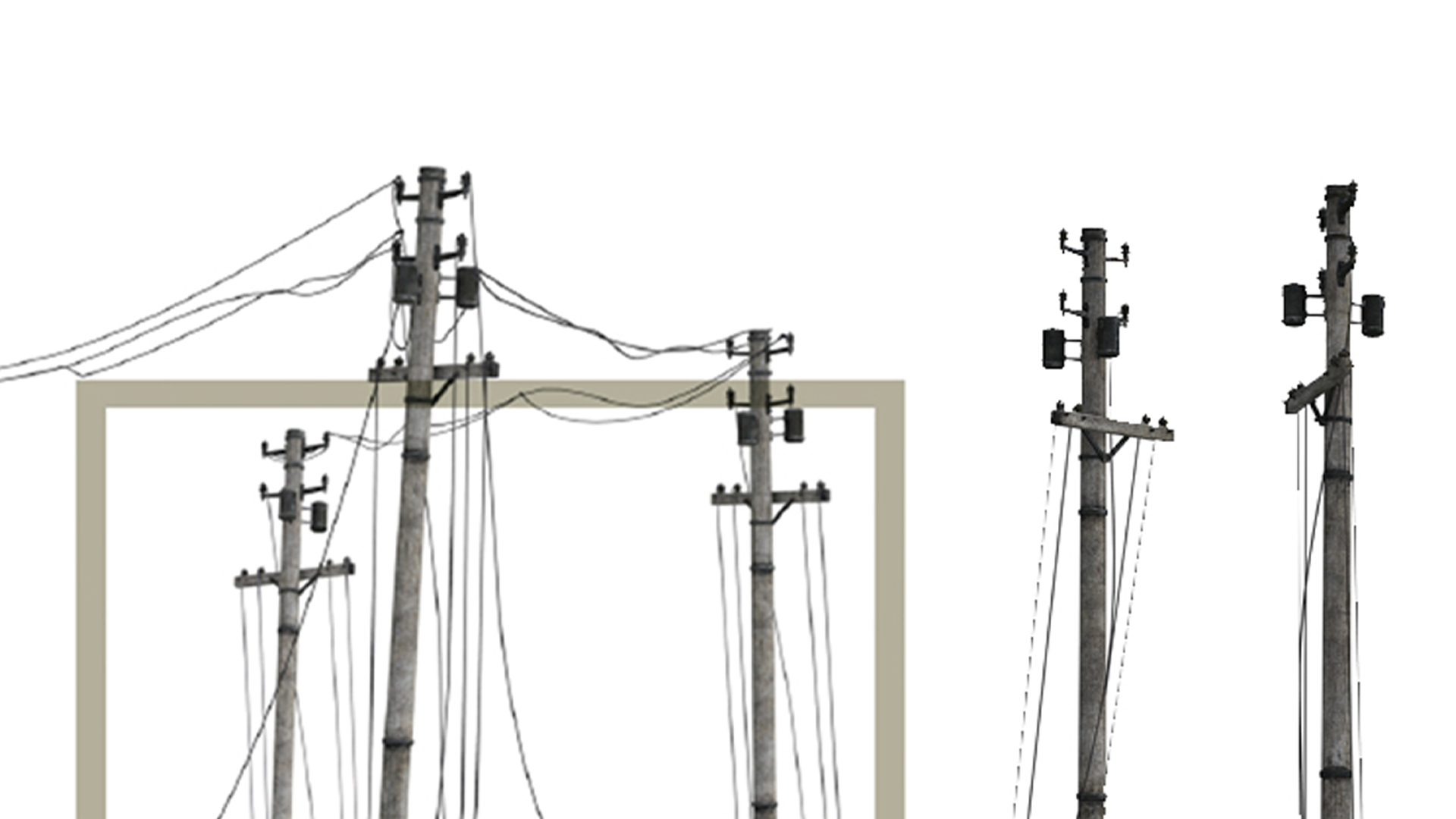
Two gardeners
Meet Noni and Bina, two gardeners—one in the southern, one in the northern hemisphere | Issue 19 | 2021


—Reports filed by correspondents across the world—
I come from a farming family in Australia—generations of farmers, people who are traditional, conservative by nature. I grew up with the wide open plains. Blue sky. Always conscious of the time of day and the seasons.
Farmers live by the seasons; and the ones who have been on the land for years know that the seasons have changed, rainfall has changed. There is more debate now than there used to be around how you work with the land, and soils science, the need to keep regenerating soil—not suck all the nutrients out of it and then think you can fix it by whacking fertiliser on it. We’ve got carbon farming projects looking at how to keep carbon in the soil; we’ve got revegetation, savannah burning, cattle feed to reduce methane—all of that, while working out ways to create revenue for farming communities.
But it’s coal that is one of the biggest debates in Australia—more so than the land.
We are one of the largest coal exporters in the world. We make a truckload of money out of coal, digging it up and burning it and sending it overseas. That’s a lot of jobs. Just two hours from Sydney is the Hunter Valley; it’s an exquisite location, one of our premier wine regions, with very fertile soil, so good cropping, and the home of protected species. It’s also full of coal mines. There are whole towns that are there because there’s a coal mine. And then there’s a power station. And then there’s a port down the road. And it’s right on the footsteps of Sydney, so people have their weekenders there. If you flick the switch on coal tomorrow, you take out all of that value chain, all of those towns. There are other locations in Australia that are exactly the same. There’s a lot of money in coal mines. Over half of our electricity still comes from the mines. So there’s the thing: how to give those people other jobs. How to make a just transition.
And we’re still in drought. We know that we are going to have to change how we live, be more in tune with our land. You can’t expect to grow crops that are thirsty for water. We used to grow rice in arid parts of Australia—we’d suck all this water up from the aquifer and then start flooding land that was never meant to be flooded. We still grow rice in some areas, not like we used to, but it’s still there.
We have an Aboriginal culture that goes back eighty thousand years. The traditional owners didn’t seek to change the landscape, they didn’t put fences around it, they worked in harmony with it. It’s a very present debate in Australia right now—around cultivating nature, preserving our natural capital. We are re-thinking our relationship with the environment: our impact on it and our dependency.
The largest emitter of carbon dioxide. The world’s biggest contributor to global warming. The country that is building more coal-fired power stations than any other. These are all popular perceptions of China’s climate change record.
Few people know that China has invested more in renewables than any other country; has more electric vehicles and scooters on the road; produces eighty per cent of the world’s solar panels; is the world's largest producer of hydrogen; and has kickstarted the renewables market in places as diverse as Ethiopia, Mongolia, Pakistan and Cuba.
Granted, there is a lot of work still to be done. Shifting the dial in a country as huge as China is slow work.
On the street, it is rare for locals to tell you that climate change isn’t real. Taxi drivers will grumble that the electric cars that they are now required to drive have a short range during winter. People who live in the north of China will complain that they froze two years ago, when all coal-fired heating was turned off. Coal bosses will protest about their mines being shuttered. And any polluting factory owner knows that they only operate until they get a knock at the door telling them not to.
This acceptance of change is in part a product of the stereotype around China: when the government sets the direction (as it has done with the 2060 carbon neutral pledge), Chinese people toe the line. But it goes deeper than that. We can all see the effects of coal in front of our eyes; on a smoggy day, we can barely see the end of our office corridor. Blue-sky-day photos, when it happens, flood social media.
There is also probably less resistance to change in China because most people are accustomed to disruption. A friend who has recently retired says the energy transition is nothing, a mere blip in his life experience—he taught himself English by watching the teacher from outside the classroom; he spent the Cultural Revolution driving a tractor in Inner Mongolia; he sold toilets to the national railway at the start of China’s opening-up; and, before retiring, he worked in senior management at an international bank.
Climate change brings out the entrepreneurial spirit of Chinese people. China has a bevy of budding Elon Musks chasing clean energy dreams from the latest EV battery to bike-sharing to fuel cells. This extends into the streets. In the hutongs, the drivers plug the street cred of their green three-wheel bikes over their ‘polluting', petrol-driven competitors. Bike- and ride-sharing is taking off, albeit a little chaotically. One of my local restaurants now sells carbon neutral dishes, including a great bowl of low carbon tofu. Change is coming top down and bottom up, although it may take a little time to se the results.
We delight in our natural landscape. But we struggle to value natural capital.
Just look at empty moorland and peatbogs. Set in a commercial context, their value is obscure. Yet we know that they are carbon sinks and purifiers of pollution; the function they perform is—invaluable. If we were to assess their value against current market norms, we would be ignoring their real value in terms of sustainability.
This is the challenge we face: how to value natural capital—our land, air and water—in a way that our economic value systems can address. How to arrive at a value that is verifiable and marketable and ultimately tradeable. How to create a value system that encourages investment, because through investment comes preservation. We must value our planet if we are to sustain it for future generations.
Soil is a precious commodity. We are a small land mass in this country, and densely populated. Farming, recreation, development—all place tremendous pressures on this fragile resource. We are making strides: we do now require environmental impact assessments and licenses and permits. But for the investment to be sustained, we have to find a way whereby good practice leads to good rewards. ‘Good sustainability’ needs to equate to ‘good profit’.
We get a lot of rain here, but this does not dilute our pollution: it simply moves it farther down the water-course—and groundwater is, we know now, essential to our lives. The treatment and remediation of it is difficult and often costly, so it is critical that we protect it and value it.
Across Europe, we are starting to experience extreme weather events—flooding; and wildfires—and in their wake, the talk of climate change has taken on a new urgency in people’s daily lives. What is to be done? What has to change?
And what is it that drives change? The truth is, it’s public opinion that shifts the status quo—and so often it is pressure from the next generation and the one after that. Our next generation are still keen to make a profit but they want to do it in a different way, using environmentally sustainable models often driven by innovations in technology.
I'm reading a book at the moment by Naomi Klein—This Changes Everything—in which she talks about the imperative for our financial models and economics to drive good practice, so that we grow accustomed to putting sustainability at the heart of everything we do. It was published seven years ago.
I grew up in West Yorkshire, and I still remember vividly the textile mills, the steel mills and the residue of the coal industry that formed the landscape of my childhood. I remember its impact on the natural landscape (millstone grit) and on our health. Today, this ‘impact’ would be challenged. We understand more now than we did then. So we have moved the dial a bit.
But let’s face it, the clock is ticking.
Noni Shannon is an environment and climate lawyer in Sydney. Tom Luckock is an energy projects lawyer in Beijing and has lived in China for almost twenty years. Caroline May is head of the environment, planning and health and safety practice across Europe, the Middle East and Asia. They are all partners in the law firm and were invited to send in their special reports to RE: in the months coming up to COP26.
© Norton Rose Fulbright LLP 2025